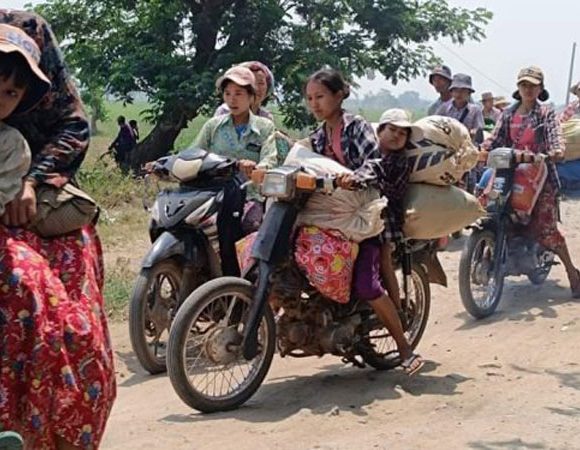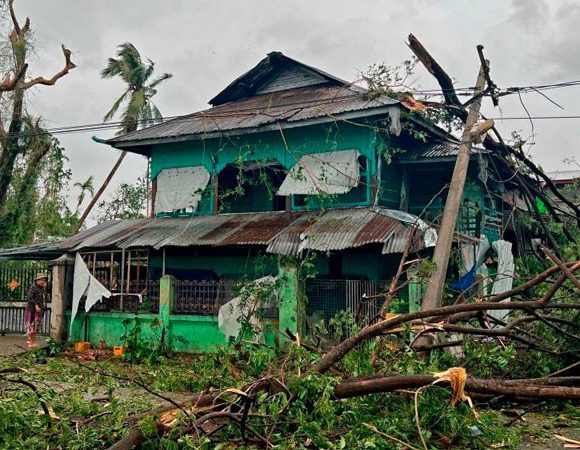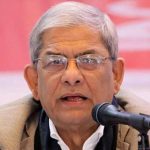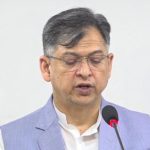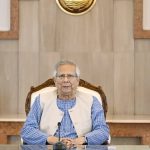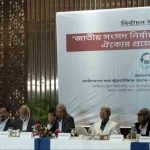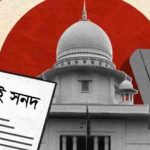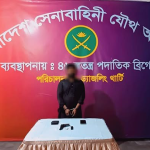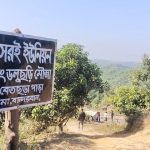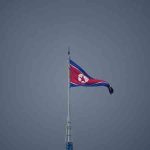Few places in Myanmar still safe for junta boss to visit

Here is the grim reality for Myanmar junta chief Min Aung Hlaing: his freedom of movement is now severely restricted, The Irrawaddy reports.
Yes, you read that right. He can no longer travel freely across the country, as he did before. The number of areas he can safely access has shrunk as the war against his rule by the country’s ethnic armed groups and their allied resistance forces has spread to most part of the country.
Of Myanmar’s 14 states and regions and one Union territory—Naypyitaw, the junta’s nerve center and the country’s capital—the number to which Min Aung Hlaing can travel was reduced to six this year, and even in those areas he is mostly only safe in the state and regional capitals.
This year he has visited Yangon, Bago, Mandalay and Sagaing regions as well as Rakhine and Shan states. His visits to Yangon, Bago and Mandalay are not surprising as they could be considered as the joint second-safest regions after Naypyitaw. His trip to Sagaing—a hotbed of anti-regime resistance activity—in March this year should not earn him any praise for his bravery, however; he didn’t dare set foot outside the headquarters of the Myanmar military’s North Western Command and the nearby regional capital Monywa.
And while he did visit Rakhine State, the timing should be noted. The last time he went there was in July, when the western state was still relatively peaceful, and at least four months before local ethnic armed group the Arakan Army (AA) kicked off its ongoing offensive against his troops there in November.
Shan State—northern Shan, to be precise—is the most restive place he has traveled to so far, visiting on Dec. 10. The north of the state has been convulsed by fighting between regime forces and an ethnic armed alliance and their allied resistance groups since late October. (Southern Shan State has not seen much fighting and Min Aung Hlaing has made frequent visits there, even this year.)
Don’t be naïve and jump to the conclusion that he went to northern Shan in order to venture out to the front lines or to personally command his troops in battle. His trip was confined to the northern Shan State capital Lashio, which is at least 80 km from some of the closest conflict zones in Hseni Township. According to the regime’s mouthpiece media outlets, the main reason for his visit to Lashio was to console wounded soldiers and people displaced by the fighting. Please note that it took him one month and 14 days after his army began suffering successive, ignominious defeats in the area for him to make this “consolation” visit.
Despite his “daring” trip to Lashio, Min Aung Hlaing has been ridiculed on social media for not having the guts to go to Laukkai in the Kokang area of Shan State, or Loikaw in Karenni (Kayah) State—two of the deadliest places in the whole country for his troops due to relentless offensives by local ethnic armed groups and resistance forces. No doubt he has ruled them out, sensing there’s a strong chance that in each place there’s a bullet with his name on it.
So, what’s keeping him from visiting other areas?
Since the 2021 coup, he has not set foot in Chin or Karenni states—anti-regime strongholds where the armed resistance against his troops first flared up and remains in full swing. The last time he visited Kachin State was in December 2022, mainly confined to the capital Myitkyina, as the state has hosted military training for anti-regime resistance fighters, mostly from upper Myanmar, and is still an ongoing flashpoint of intense anti-regime fighting.
Most of Karen State in the country’s south has also appeared to be off-limits to Min Aung Hlaing this year, as local Karen armed groups and allied resistance forces continue to deliver big blows to his troops—not just on the Thai border, but right across into the eastern edge of neighboring Bago Region. Their recent captures of Mone Town and a police station in Phyu Township, both in Bago, serve as a grim reminder of this for him. Also sharing a border with Karen is Mon State, another area that has proven too restive for him with some very active local anti-regime resistance forces. The same goes for Tanintharyi Region in the country’s deep south.
Given his recent visit to Lashio, it will be interesting to see whether Min Aung Hlaing will dare to visit Rakhine State’s capital Sittwe soon to comfort his troops there, who face an existential threat from the AA, which has captured 142 military bases and police outposts as of Dec. 10.
The difference there is that Sittwe is only 22 km from Pauktaw. The AA has already captured six outposts in the area and periodically launches offensives against the town.
With his enemy such a short distance away, he will surely think twice before venturing out there. Most likely he will take Rakhine State off his “safe to visit” list—a sobering reality check and further shrinking the area the dictator can visit in the country he has attempted to rule by force since 2021.

